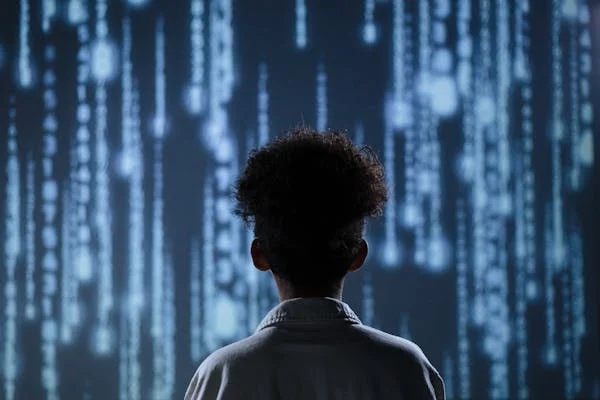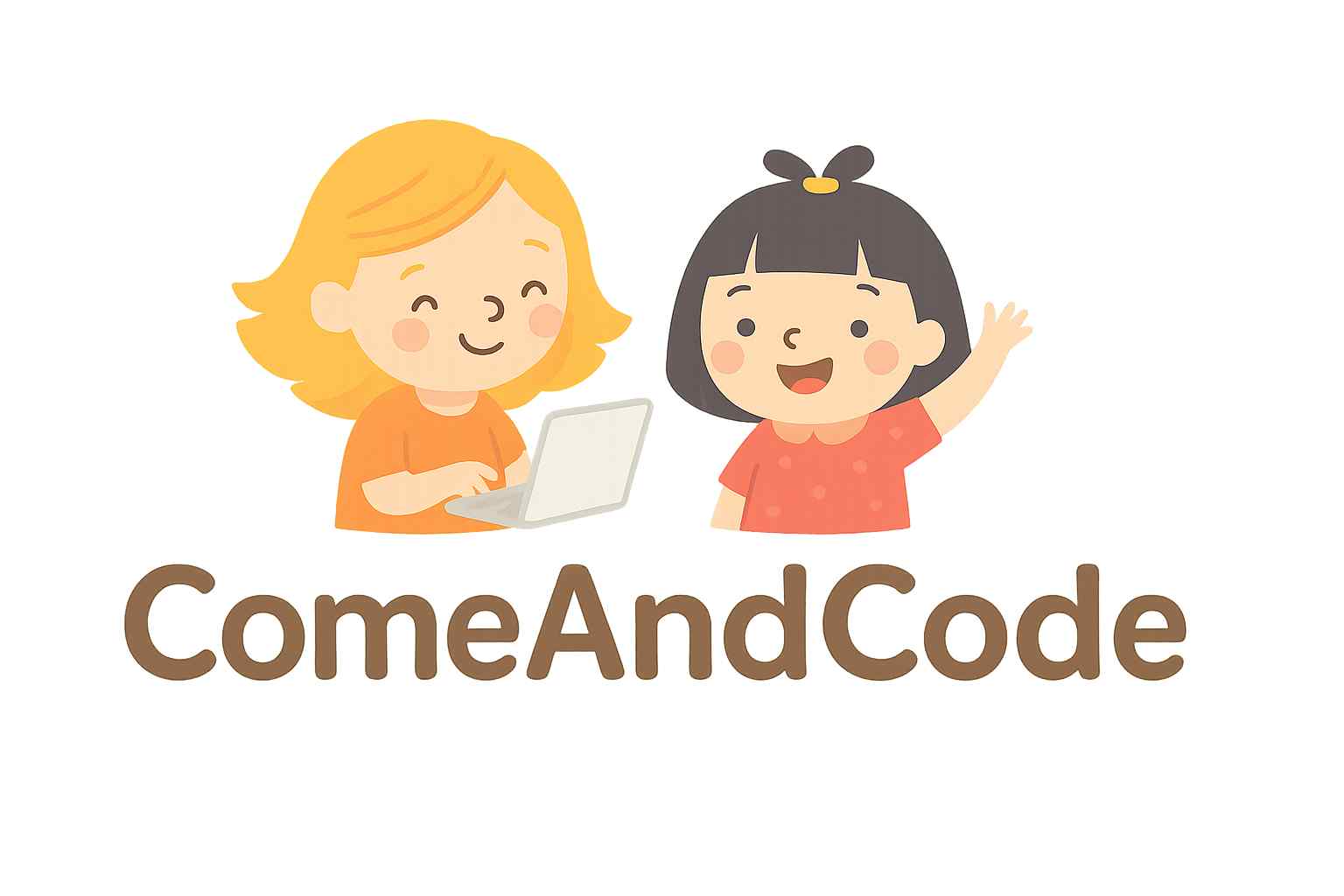Scratch a Good Starting Point for a 10-year-old has become an essential skill in today’s digital age. For children, learning to code opens up a world of creativity, logical thinking, and problem-solving. Among the many platforms designed to teach kids programming, Scratch stands out as one of the most popular choices. But is Scratch a good starting point for a 10-year-old? Let’s delve deeper into what makes Scratch an excellent platform for young learners.
What is Scratch?
Scratch is a visual programming language developed by the Massachusetts Institute of Technology (MIT). It uses a block-based interface where children can create interactive stories, animations, games, and more. Instead of typing complex code, kids simply drag and drop colorful blocks to design their projects. This approach makes coding accessible and fun, especially for beginners.
Why Scratch is Ideal for 10-Year-Olds

Scratch has been specifically designed for kids aged 8 to 16, making it perfectly suited for 10-year-olds. Here are some key reasons why Scratch is an ideal starting point:
1. User-Friendly Interface
The visual and intuitive interface of Scratch eliminates the intimidation that often comes with traditional text-based coding languages. Children can focus on learning programming concepts without worrying about syntax errors or complex commands.
2. Encourages Creativity
Scratch is more than just a coding platform; it’s a creative canvas. Kids can design their characters, backgrounds, and animations. This freedom to create fosters imagination and allows children to express their ideas in unique ways.
3. Step-by-Step Learning
Scratch provides a gradual learning curve, introducing kids to basic programming concepts like loops, conditionals, and variables in a simple, engaging manner. These foundational skills are essential for progressing to more advanced programming languages later.
4. Immediate Feedback
With Scratch, kids can see the results of their code instantly. This immediate feedback helps them understand the cause-and-effect relationship in programming, making it easier to grasp concepts and correct mistakes.
5. Safe Online Community
Scratch offers a moderated online community where kids can share their projects, collaborate with others, and learn from peers. This community fosters a sense of belonging and encourages kids to improve their skills.
Benefits of Learning Programming at an Early Age
Teaching programming to kids at a young age has numerous benefits. For 10-year-olds, learning to code with Scratch can:
1. Develop Problem-Solving Skills
Programming involves breaking down complex problems into smaller, manageable tasks. Scratch encourages kids to think logically and solve problems step-by-step.
2. Boost Confidence
Completing a project on Scratch gives children a sense of accomplishment. This boosts their confidence and motivates them to take on more challenging tasks.
3. Enhance Collaboration
Through Scratch’s online community, kids learn to collaborate, share ideas, and work on projects together. These collaborative skills are valuable for their personal and academic growth.
4. Prepare for the Future
Coding is becoming a crucial skill in almost every field. Starting with Scratch equips kids with the foundational knowledge they need to excel in advanced programming and technology-related careers.
How to Get Started with Scratch
If you’re ready to introduce your 10-year-old to Scratch, here’s how to begin:
1. Create an Account
Visit the Scratch website and create a free account for your child. This allows them to save their projects and access the online community.
2. Explore Tutorials
Scratch offers a variety of tutorials and guides to help beginners get started. Encourage your child to follow these tutorials to learn the basics.
3. Start with Simple Projects
Begin with small, manageable projects, such as creating a basic animation or a simple game. This helps kids build confidence and gradually learn more complex concepts.
4. Encourage Experimentation
Give your child the freedom to experiment and explore. Let them try different blocks, designs, and ideas to discover what works and what doesn’t.
5. Join the Scratch Community
Encourage your child to share their projects in the Scratch community. This not only boosts their confidence but also allows them to learn from others and gain inspiration.
Tips for Parents to Support Learning
As a parent, you play a crucial role in supporting your child’s learning journey. Here are some tips to help:
1. Show Interest
Take an active interest in your child’s projects. Ask them to explain what they’re working on and celebrate their achievements.
2. Provide Resources
There are numerous online resources, including tutorials, guides, and forums, that can help your child learn Scratch. Provide access to these resources to enhance their learning experience.
3. Set Realistic Goals
Help your child set achievable goals for their Scratch projects. This keeps them motivated and prevents frustration.
4. Encourage Perseverance
Coding can be challenging, especially for beginners. Encourage your child to persevere through difficulties and learn from their mistakes.
5. Balance Screen Time
While learning to code is beneficial, it’s important to balance screen time with other activities like outdoor play, reading, and family time.
Transitioning from Scratch to Advanced Coding

Once your child has mastered the basics of Scratch, they can move on to more advanced programming languages like Python, JavaScript, or HTML. The logical thinking and problem-solving skills they develop with Scratch provide a strong foundation for these languages.
Why Transitioning Matters
Learning advanced programming languages opens up new opportunities for kids, including building websites, developing apps, and understanding complex algorithms. Scratch serves as the perfect stepping stone for this journey.
Recommended Next Steps
- Explore Text-Based Coding: Platforms like Code.org and Tynker offer introductory courses for text-based coding.
- Participate in Coding Competitions: Encourage your child to participate in coding challenges and competitions to test their skills.
- Join Coding Clubs: Look for local or online coding clubs where your child can connect with like-minded peers.
Conclusion
Scratch is undoubtedly a great starting point for a 10-year-old to learn programming. Its user-friendly interface, emphasis on creativity, and supportive community make it an excellent platform for young learners. By starting with Scratch, kids can develop essential skills that prepare them for advanced coding and future success in the digital world. As a parent, your encouragement and support can make all the difference in helping your child embark on this exciting journey into the world of programming.
